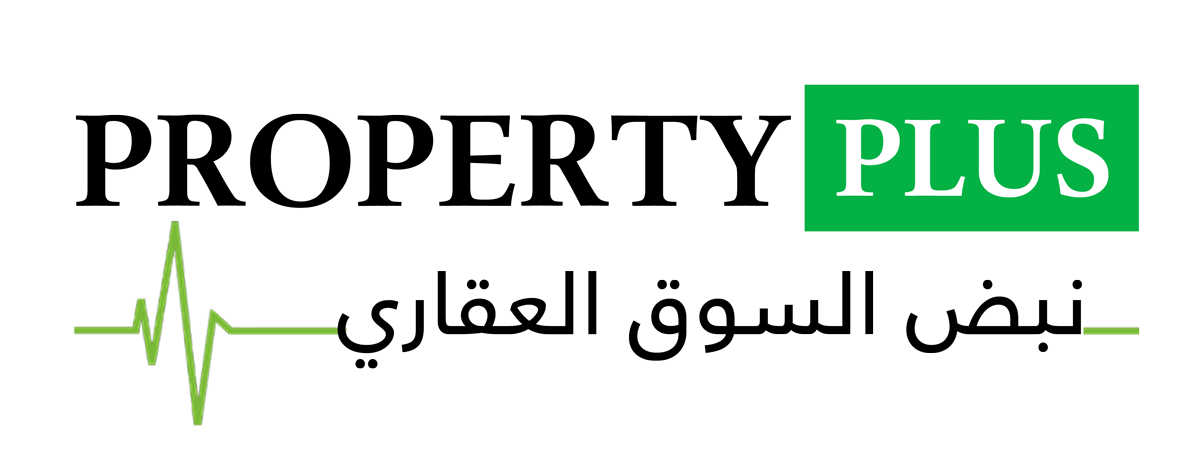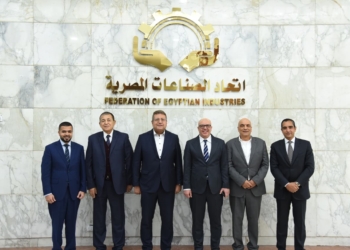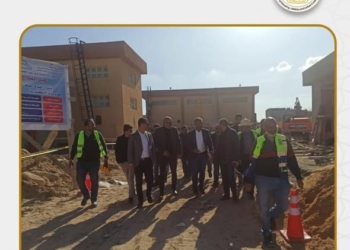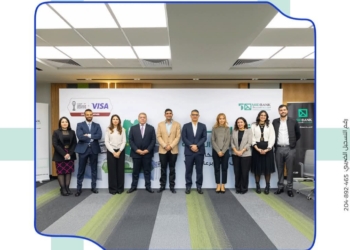Memory is far more than a static recorder of past experiences—it is a dynamic, selective process shaped by neuroscience, attention, and emotion. At its core, memory involves encoding, consolidation, and retrieval—stages that determine which experiences become lasting knowledge and which fade into obscurity. Understanding these mechanisms reveals why some moments remain vivid while others dissolve, and how modern technology draws inspiration from the brain to enhance learning.
1. Understanding Memory: The Foundation of Cognitive Encoding
Memory is the brain’s intricate system for storing, retaining, and retrieving information—a process essential for learning, decision-making, and identity. It begins with encoding, where sensory input is transformed into neural representations. This stage is selective: not every stimulus is encoded equally. The brain prioritizes experiences tied to survival, emotion, or personal relevance, filtering out background noise. Consolidation stabilizes memories over time, and retrieval retrieves them when needed—each phase critical for meaningful memory formation.
- Encoding converts raw input into neural patterns, primarily involving the hippocampus.
- Consolidation strengthens these patterns, often during sleep, transferring memories from short-term to long-term storage.
- Retrieval accesses stored information, sometimes reshaping memory through reconstruction.
2. The Neuroscience of Encoding: What Makes Information “Stick”?
Encoding efficiency hinges on neural mechanisms that strengthen memory traces. The hippocampus plays a pivotal role by binding disparate neural signals into coherent representations. Repeated activation through practice enhances synaptic connections—a phenomenon called neural plasticity, which underpins learning. Equally important is the brain’s emotional and attentional modulation: heightened arousal boosts encoding by engaging key regions like the amygdala and prefrontal cortex, making emotionally charged or deeply focused experiences far more memorable.
Studies show that emotionally significant events trigger greater release of stress hormones like cortisol and adrenaline, amplifying memory consolidation—this explains why traumatic or joyful moments often linger vividly. Meanwhile, attention acts as a gatekeeper: without focused input, information fails to penetrate deeper memory systems. Contextual embedding—linking memories to environment or emotional state—further stabilizes recall, making context a powerful cue in retrieval.
| Neural Mechanism | Role in Memory Encoding |
|---|---|
| Hippocampus | Transforms short-term episodic memories into long-term storage |
| Neural plasticity | Strengthens synapses via repeated activation and pattern separation |
| Amygdala | Enhances encoding through emotional arousal |
| Prefrontal cortex | Directs attention to prioritize relevant input |
3. Selective Encoding: Why the Brain Prioritizes What Matters
The brain’s selective encoding reflects an evolutionary drive to retain information vital for survival and goal achievement. Attention filters incoming data, ensuring only focused input triggers deep encoding. Novelty captures interest—new or unexpected stimuli activate dopamine pathways, increasing neural engagement. Relevance further boosts retention: memories tied to personal goals or emotional significance are encoded more robustly. Contextual cues, such as location or emotional state, anchor memories, making them resilient over time.
- Attention gates access to deeper neural processing, determining what enters long-term storage.
- Novelty and goal relevance trigger dopamine release, enhancing synaptic engagement.
- Emotional states and environmental context strengthen memory traces through associative encoding.
4. The Science Behind {название}: How Memory Encoding Principles Manifest in Real Technology
Modern digital tools increasingly mirror brain-inspired memory systems. {название}, a leading adaptive learning platform, exemplifies this convergence. Its core architecture mimics hippocampal consolidation by organizing knowledge into layered cognitive maps—structured, interconnected nodes that mirror how the brain integrates information. Adaptive algorithms simulate synaptic plasticity through spaced repetition and intelligent feedback loops, reinforcing neural connections over time. User engagement features leverage emotional salience—vivid visuals, storytelling, and meaningful challenges—to boost attention and retention, aligning with neuroscience on attention-driven encoding.
For instance, just as the brain strengthens memories through repeated activation, {название} schedules review sessions at optimal intervals, maximizing retention. Its personalized pathways reflect individual differences in encoding capacity—accounting for varied cognitive styles and learning speeds. By embedding emotional context and contextual cues, the platform transforms passive consumption into meaningful, durable knowledge.
5. Practical Insights: Strengthening Your Own Memory Encoding
While technology models efficient encoding, individuals can apply neuroscience-backed strategies to enhance personal memory. Mindfulness practice sharpens attentional focus, reducing cognitive clutter and deepening encoding. Chunking information—grouping data into meaningful units—lowers working memory load, making complex material easier to retain. Crucially, sleep remains indispensable: during slow-wave sleep, the brain replays and strengthens daily memories, consolidating learning into lasting knowledge.
- Practice mindfulness to sustain attention during learning sessions.
- Use chunking to break information into digestible, meaningful blocks.
- Prioritize sleep to enable consolidation and long-term retention.
6. Beyond the Basics: Uncovering Hidden Mechanisms in Memory Formation
Memory encoding is shaped by deeper biological and environmental factors. Acute stress hormones enhance encoding temporarily, but chronic stress impairs hippocampal function, weakening memory stability. Epigenetic changes—modifications in gene expression influenced by experience—reshape neural circuitry across the lifespan, affecting encoding capacity. Individual differences in genetics, age, and neurodiversity further influence memory efficiency, explaining why learning and recall vary widely among people.
“Memory is not a recording, but a reconstruction shaped by attention, emotion, and context.” — Neuroscience of Learning Lab
7. Conclusion: Memory as a Dynamic, Selective Process
Memory is not passive storage—it is a selective, dynamic process sculpted by attention, emotion, and biology. Understanding how encoding works reveals why some experiences endure while others fade. The brain’s efficiency in storing what matters mirrors the very principles technology emulates, such as {название}, to enhance learning through adaptive maps and spaced repetition. Recognizing memory’s selective nature empowers intentional strategies: focus deeper, embrace novelty with purpose, and anchor knowledge in meaningful context. In doing so, we transform fleeting moments into lasting wisdom—understanding memory not just as science, but as a key to lifelong learning.
Table: Stages of Memory Encoding and Technological Parallels
| Stage | Biological Process | Technological Equivalent in {название} |
|———————|——————————————–|——————————————————–|
| Encoding | Hippocampus binds sensory input into neural patterns | Layered cognitive maps organize and structure knowledge |
| Consolidation | Sleep-induced synaptic strengthening | Spaced repetition schedules reinforcing neural loops |
| Retrieval | Contextual cues trigger recall | Environmental and emotional context cues drive access |
| Emotional Modulation| Amygdala enhances memory via arousal | Storytelling and visual design boost attention and retention |
By aligning learning with how the brain naturally encodes, we unlock deeper, more lasting knowledge—bridging neuroscience and everyday application.
الرابط المختصر: https://propertypluseg.com/?p=158422























